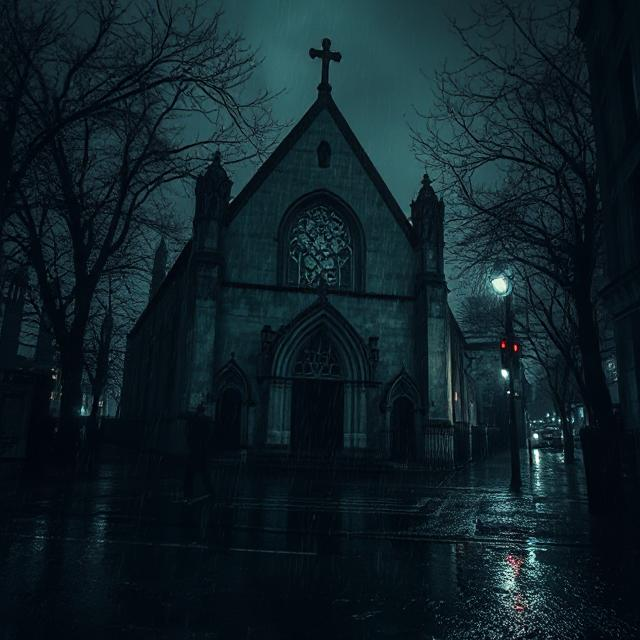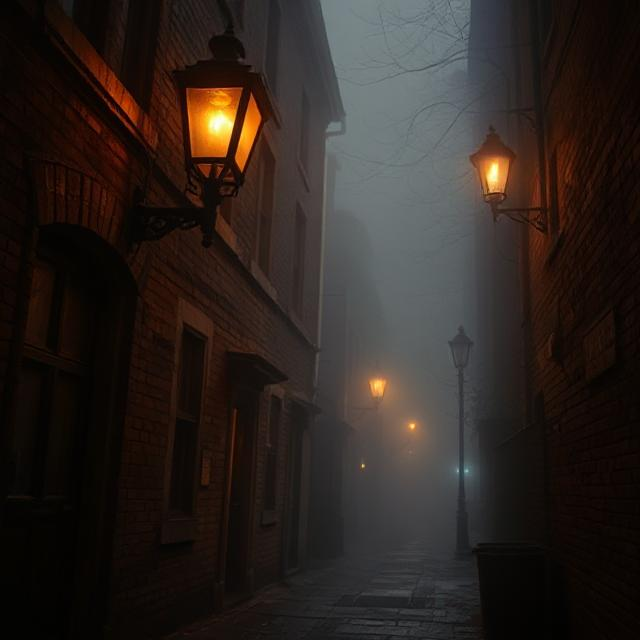In the fog-laden streets of Victorian London, a sinister presence lurked, weaving a tapestry of fear and intrigue that would resonate through history. Welcome to the tale of Jack the Ripper, one of the most notorious and mysterious figures in criminal lore.

The Setting: Whitechapel’s Gloom
The year was 1888, a time of stark contrasts in London. The city was a hub of opportunity and advancement, yet beneath its opulent façade, poverty festered in neighborhoods like Whitechapel. This area, teeming with desperate souls, became the hunting ground for an elusive and brutal killer whose identity remains shrouded in mystery.
Whitechapel was a place where shadows danced, and murmurings of despair echoed through the narrow alleys. The drab tenements housed those who had fallen through the cracks of society, including many women forced into the hardest of trades—prostitution. It was among these vulnerable figures that the Ripper chose his victims, leaving a chilling mark on London.
The Victims: Innocence Snuffed Out
Between August and November of that fateful year, the Ripper claimed five women, each met with a gruesome fate. Mary Ann Nichols, Annie Chapman, Elizabeth Stride, Catherine Eddowes, and Mary Jane Kelly became synonymous with the horror that gripped the public. Each victim’s life story was a stark reminder of the struggles faced by women in the late Victorian era, and their brutal murders were not just acts of violence; they were a reflection of a deeply troubled society.
Mary Ann Nichols, the first victim, was a 43-year-old woman who had fallen on hard times, her dreams of a better life overshadowed by poverty. Following her, Annie Chapman, a mother of two, met a similarly tragic end. Elizabeth Stride’s life was snuffed out while she was in the act of seeking shelter from the night rain, while Catherine Eddowes and Mary Jane Kelly became emblematic of the horrors that could befall women in the shadows of London’s streets.

A City in Fear: The Hunt Begins
News spread like wildfire, their names speaking to the hearts of Londoners, igniting fear and a desperate search for answers. A sense of hysteria enveloped Whitechapel, and with it, a siege mentality set in. Posters bearing the faces of the victims adorned walls, and the once-busy streets grew silent as shadows crept into every corner.
In a bid to capture the elusive killer, the Metropolitan Police launched an extensive investigation. Yet, despite the influx of resources and public appeal, the Ripper remained a ghost—always a step ahead, taunting authorities with each gruesome act and each failure to catch him.
The Letters: Dreadful Correspondence
As the investigation unfolded, John Pizer, a shoemaker, received infamy not for his craftsmanship but for a series of letters sent to the police—in particular, a notorious correspondence signed “Jack the Ripper.” The letters, laden with menacing bravado, spoke of the killer’s cunning and cruelty, capturing the attention of both the media and the public. While the authenticity of these letters remains debated, they added an unnerving layer to an already chilling narrative, fostering an obsession that inspired novels, songs, and graphic depictions in newspapers.
Theories and Legends: Who Was Jack?
Despite numerous suspects—ranging from local butchers to esteemed figures like authors and royals—none could be definitively proved guilty. The theories surrounding Jack the Ripper grew wilder with time, giving rise to conspiracies that challenged the very fabric of reason. Was he a butcher, a doctor, or perhaps even a member of the royal family? The enigma of Ripper has spawned books, documentaries, and countless investigations over the decades.

The Enduring Legacy: A Cautionary Tale
Though the killings ceased by late 1888, the legend of Jack the Ripper lives on, a cautionary tale examining the fragility of life and the darkness that sometimes lurks in the human soul. The narrative continues to haunt us, serving as a poignant reminder of societal truths—the vulnerabilities of women, the impact of poverty, and the haunting nature of unsolved mysteries.
In a modern context, Jack the Ripper’s story provokes discussions on law enforcement, societal change, and the importance of safeguarding vulnerable communities. While we may never truly unmask the identity of this specter, the lessons drawn from the shadows of Whitechapel continue to resonate in our pursuit of justice and understanding in an imperfect world.
Conclusion: The Mystery Lives On
As we unravel the threads of this chilling narrative, we realize that the true horror of Jack the Ripper is not merely rooted in the gruesome acts but in the silence that followed—the lives lost, the stories untold, and the many faces of women who sought refuge and a better life. The tale of Jack the Ripper encases us in a web of intrigue, compassion, and a reminder that history is woven from the hearts and lives of those we often forget.
So as you walk through the misty streets of London or flip through pages of history, remember the shadow that still looms—a specter of intrigue, a lesson in humanity, and an unresolved mystery that continues to captivate the imagination.